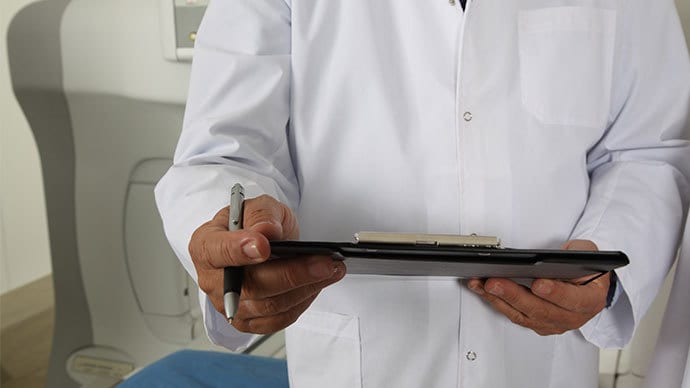A 60 year old man has become the first man in the world to receive donated Induced Pluripotent Stem (iPS) Cells. The iPS Cell technology offers the same properties as Embryonic Stem Cells that allow them to be adaptable to the donor’s genetic makeup.
However, Embryonic Stem Cells researchers are constantly facing ethical concerns from stakeholders, which iPS Cells does not. This is a huge plus for stem cell researchers as they are now able to focus on developing breakthrough technology rather than constantly fighting lobbyists.
Besides, having a bank of ‘ready-made’ iPS Cells will ensure transplants are conveniently done at a more affordable cost.
Induced Pluripotent Stem (iPS) Cells
To create iPS Cells, mature cells are drawn from the donor and reprogrammed into an embryonic state. They are then manipulated into the type of cell that is desired for the treatment.
In Japan recently, skin cells, that were anonymously donated, we reprogrammed into iPS Cells and coaxed into a type of retinal cell and transplanted onto the patient. The recipient is an old man suffering from age-related macular degeneration. His doctors are hopeful that the new cells will stop the progression of the disease.
Previous Procedures
Based on the results from a previous similar procedure, the scientists were able to enhance the efficacy of the stem cells by donor reprogrammed iPS Cells. In 2014, a team led by Dr Yasuo transplanted iPS Cells into an elderly woman; the cells had been derived from her own skin cells. Her procedure was successful (no rejections), but a similar procedure on another patient showed genetic abnormalities and the procedure was aborted. Cells from elderly macular degeneration patients would normally have accumulated genetic defects that increase the risk of the procedure.
The woman is faring well as reported by her doctors; the transplanted cells are still intact long after the surgery and her vision has not declined. The team however, had stopped the trials in order to find a solution to the risk associated with genetic defects.
In the most recent procedure performed by the same team of doctors, the doctors used reprogrammed and banked iPS Cells derived from a donor’s skin cells.
While this approach could be the solution the researchers were looking for, there is still the ever-hovering risk of immune rejection. This risk is particularly greater when the stem cells are derived from a donor who is not an exact genetic match. Shinya Yamanaka acknowledges this concern and holds that ‘banked cells should be a close enough match for most applications’.
Yamanaka is said to be establishing an IPS Cell bank that will match donors to recipients based on the three genes that code for human leukocyte antigens (HLAs). HLAs are proteins found on the cell wall that trigger immune response. His current stock is from just one donor but hopes to get to five to ten donors by March 2018.
According to Masayo Takahashi, one of the team doctors, it is too early to declare success in the donated iPS Cell transplant until all five procedures are finished. The doctors are positive that banked iPS Cells will soon be readily available and much cheaper than regular transplant procedures.
H/T: Nature.com




 English
English